Operating Principle of a Boiler
I./Operating Principle of a Boiler and Safety Measures
Operating Principle of a Boiler
A boiler, also known as a steam generator, is a device that converts water into steam using heat generated from fuel combustion. This steam is then used for various industrial purposes such as heating, power generation, and running machinery. Below is a basic overview of how a boiler operates:
-
Fuel and Combustion System:
-
Fuel: Fuel, which can be coal, oil, gas, or biomass, is fed into the boiler's combustion chamber.
-
Combustion: The fuel is burned in the combustion chamber, generating heat. This process requires a supply of air or oxygen to sustain combustion.
-
-
Heat Transfer:
-
Direct Heat Transfer: The heat generated from combustion is directly transferred to water through the heat exchange surfaces of water tubes or steam pipes.
-
Convection and Radiation Heat Transfer: Heat is also transferred via radiation from the flame and convection from the combustion gases.
-
-
Water to Steam Conversion:
-
Water Reservoir: Water is stored in a reservoir and comes into contact with the heat exchange surfaces.
-
Boiling and Evaporation: As heat is transferred to the water, its temperature rises until it reaches the boiling point and begins to evaporate, producing high-pressure steam.
-
-
Steam Collection and Utilization:
-
Steam Collection: The generated steam is collected and directed through steam pipes to various systems for utilization.
-
Steam Use: The steam is used to generate mechanical power, heat, or electricity.
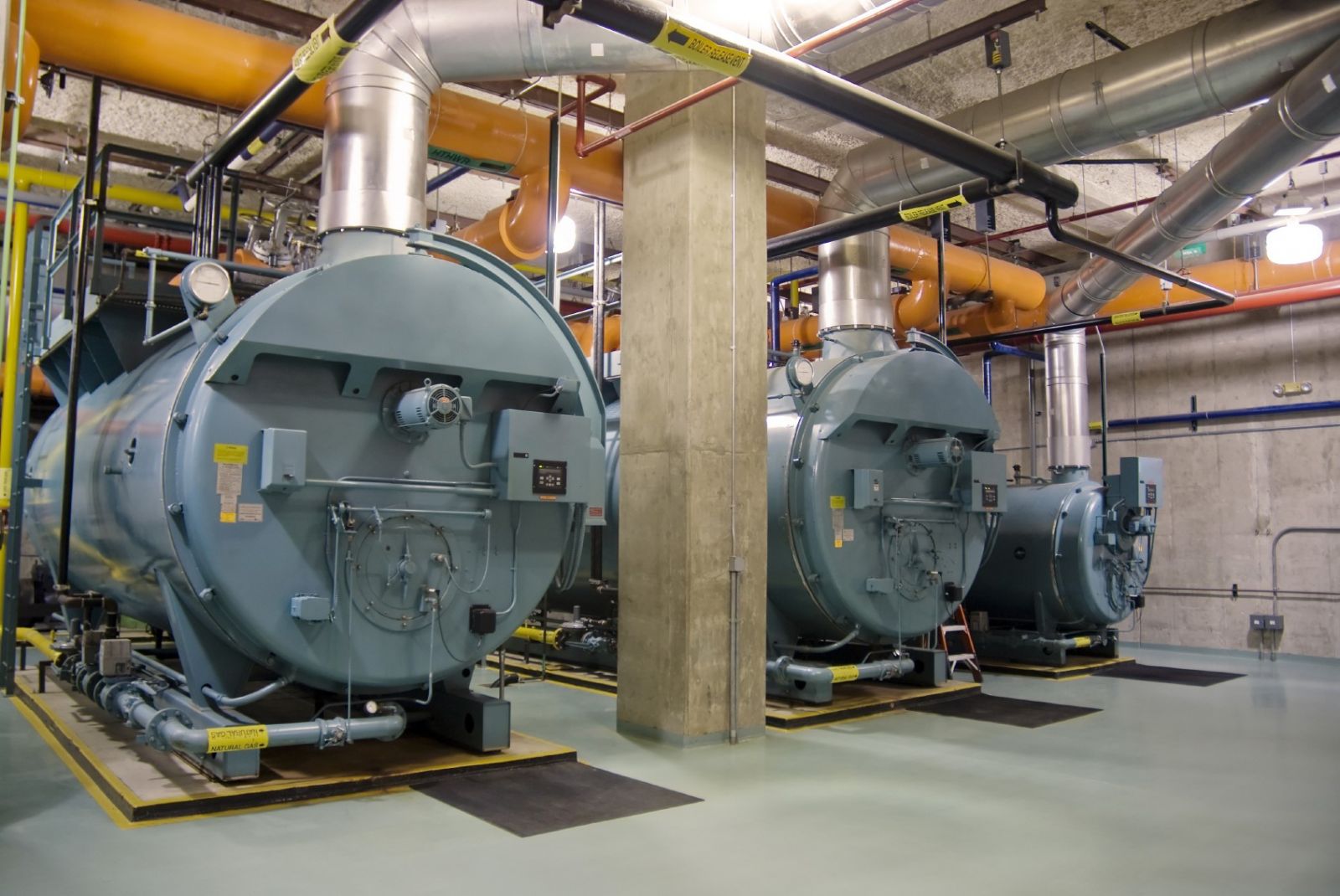
-
II/ Safety Measures for Boilers
Ensuring safety in boiler operation is crucial. Here are several safety measures to protect boiler operations:
-
Pressure Control Systems:
-
Safety Valves: Safety valves are installed to release excess pressure if it exceeds safe levels.
-
Pressure Gauges: These help monitor and ensure pressure remains within safe limits.
-
-
Temperature Control Systems:
-
Temperature Sensors: These monitor the water and steam temperature to ensure it does not exceed safe levels.
-
Thermostats: Automatically adjust the temperature to maintain safe operating conditions.
-
-
Water Level Control:
-
Water Level Alarms: Warn when the water level is too low or too high, preventing damage from water shortage or overflow.
-
Feed Water Controllers: Ensure a continuous and stable supply of water to the boiler.
-
-
Emergency Protection Systems:
-
Emergency Shut-off Systems: Allow immediate shutdown of the boiler in case of emergency.
-
Safety Switches: Automatically cut off power if any faults or hazards are detected.
-
-
Regular Maintenance and Inspection:
-
Routine Maintenance: Regularly inspect and maintain the boiler to ensure all components function properly.
-
Comprehensive Inspections: Perform detailed inspections, including pressure testing, water quality testing, and safety device checks.
-
-
Training and Education of Personnel:
-
Safety Training: Ensure operators are thoroughly trained in safety procedures and boiler operation.
-
Ongoing Training: Provide regular updates and training sessions to keep personnel informed about the latest safety practices and technologies.
-
By implementing these measures, boiler operation becomes safer, reducing the risk of accidents and ensuring efficient production while protecting the health and safety of workers.
Related News
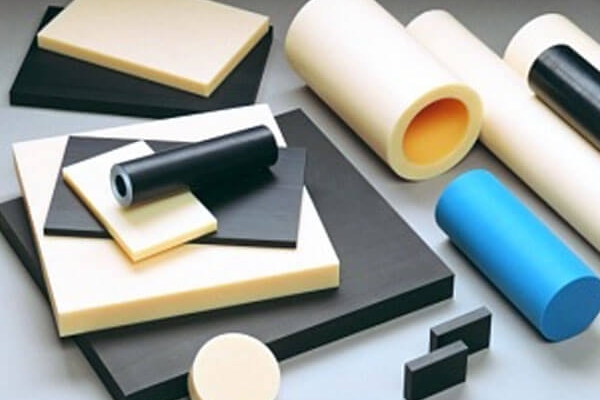
Engineering Plastics
07/10/2025
What Are Engineering Plastics? Engineering plastics are plastic materials that exhibit superior mechanical and thermal properties compared to commodity plastics. This material class can operate at temperatures of more than 150°C and hold tight tolerances and intricate geometrics, making it suitable for specialty industrial applications. Our range of engineering plastics include: PVC Sheets, Rods, Curtain Strips PP, PE, PC, Sheets & Rods Polyacetal, Nylon Rods Nylon Rods & Sheets POM Rods & Sheets Acrylic Sheets

PTFE (Polytetrafluoroethylene)
07/10/2025
We have the largest stock of PTFE stock shapes in Singapore, both in Virgin, Filled, Etched or Reprocessed materials. PTFE is used when conditions of operation require:- High operating temperature (continuous 270°C), excellent chemical resistance, or low coefficient of friction. It has good electrical insulation and thermal expansion rates. Non-toxic food grade and chemically inert.

Polyurethane rubberUrethane Rubber Sheet (Ti-Prene Sheet)
07/10/2025
Polyurethane rubberUrethane Rubber Sheet (Ti-Prene Sheet) Function ・ Mechanical Strength ・ Impact Resilience ・ Abrasion Resistance ・ Ozone Resistance ・ Oil Resistance About Urethane Rubber Sheet (Ti-Prene Sheet) Rubber-like elastic bodies obtained by the reaction of polyester or polyether with isocyanate are collectively called urethane rubber. Ti-Prene® is a trademark of our urethane rubber. Features Mechanical Strength: Due to its chemical structure, it has a strong secondary bond between molecules, so it has the highest strength among elastic bodies, and because of its high modulus, it is to be less deformed and can withstand heavy loads even with small objects. Due to its high hardness and high elongation, it is to be less susceptible to damage due to impact. Abrasion Resistance: It has more than 10 times more abrasion resistance than natural rubber. It is to be superior to metal in some conditions of use. Oil Resistance: It has excellent resistance to most oils, including petroleum-based oils. Especially excellent for mineral oil (only for use at room temperature). Heat Resistance: The using limit temperature is 70 ° C. Avoid using continuously at 70 ° C or more. Cold Resistance: It has rubber elasticity and mechanical strength even at -25 ° C or less. Water Resistance: Please avoid using it in a hot and humid environment because it has the property of being easily hydrolyzed. Ozone Resistance: It is hardly affected by ozone because it does not contain unsaturated parts in its molecular structure. Weather Resistance: Please be noted that when used outdoors for a long period of time, the effects of water, humidity, light, etc. may cause deterioration of physical properties and discoloration.

VINVAL Float Steam Trap – The Optimal Solution for Industrial Steam Systems
07/10/2025
VINVAL Float Steam Trap – The Optimal Solution for Industrial Steam Systems Welcome to Phuc Minh Industrial Valves – the official importer and distributor of VINVAL Float Steam Traps in Vietnam. We are proud to present the VINVAL product line, a premium solution for effectively removing condensate, minimizing steam loss, and maximizing efficiency in industrial steam systems. Why Choose the VINVAL Float Steam Trap?
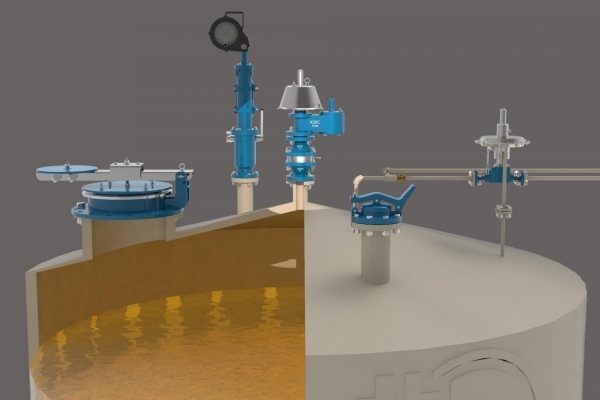
SAFE TANK PROTECTION – OPTIMIZED PRESSURE CONTROL
07/10/2025
KSPC BREATHER VALVE – LEADING SOLUTION FROM KOREA For chemical, fuel, edible oil storage tanks and similar systems: Sudden pressure increase or decrease can cause tank deformation, explosion, or denting. Loss of fuel, water, edible oil vapors leads to resource waste. Release of toxic chemical vapors pollutes the environment and endangers human health. Comprehensive Solution: BREATHER VALVE – KSPC, KOREA OUTSTANDING ADVANTAGES OF KSPC BREATHER VALVES: Automatic pressure balancing: Maintains tank stability and safety. Capable of collecting and treating harmful vapors. High tightness – Accurate venting: Meets API 2000 standard. Wide range of materials: SS304, SS316, Aluminum, Carbon Steel, Teflon Seat—suitable for highly corrosive environments. Superior durability: Stable performance under harsh industrial conditions. Flexible customization: According to required pressure, flow rate, and tank size.









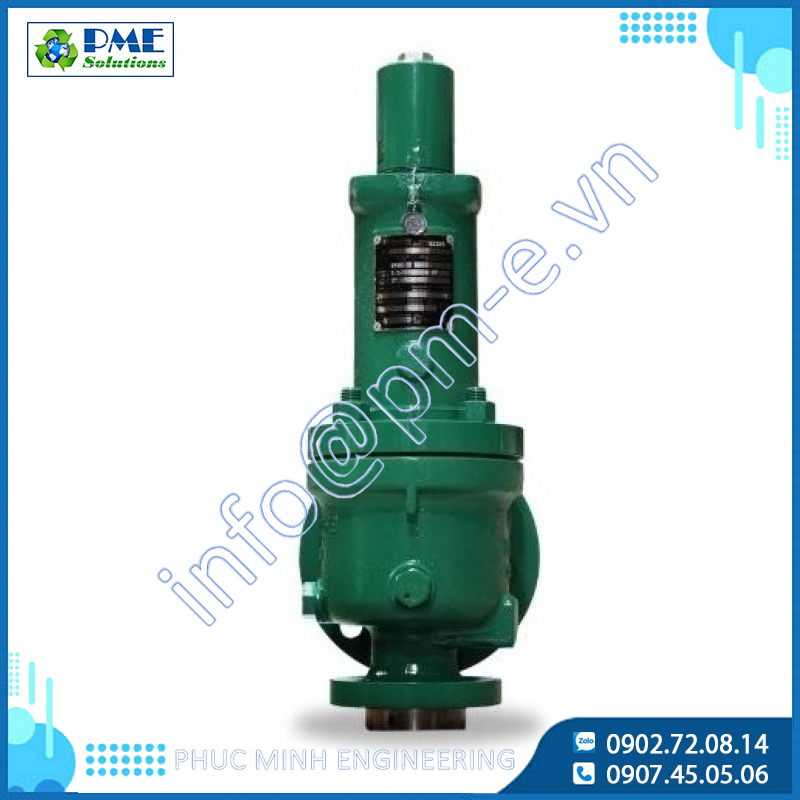
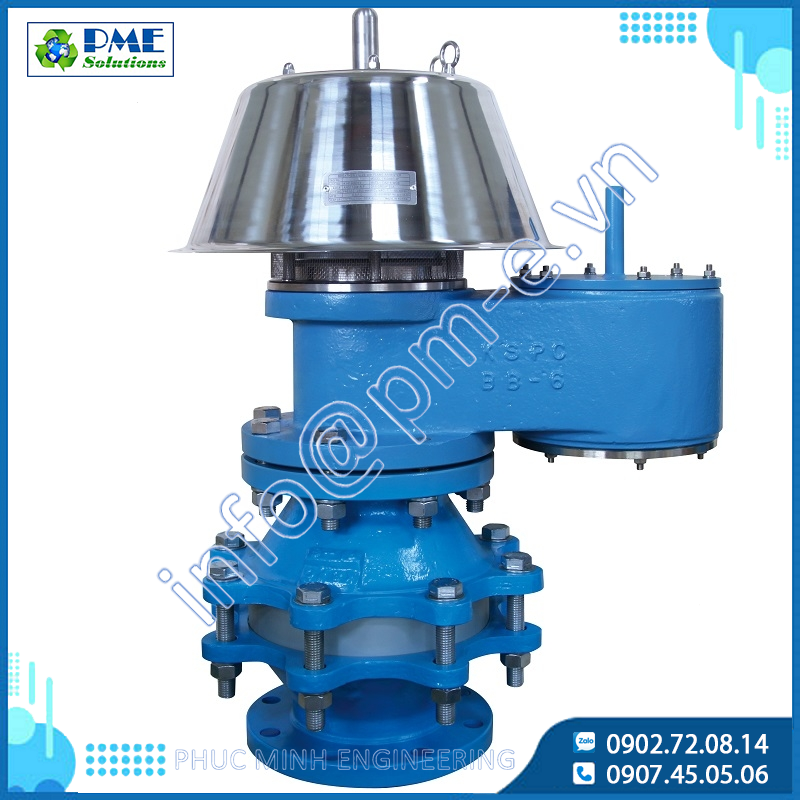
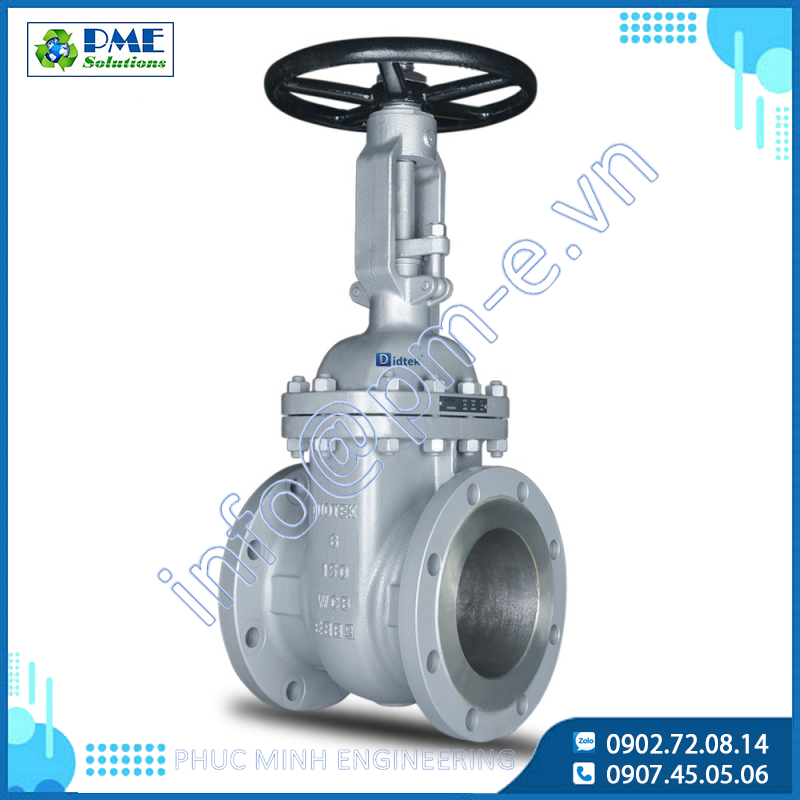




.png)






